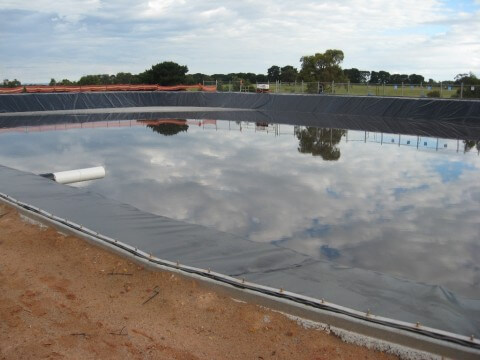The heavy industry sector in Australia, such as mining, oil and gas, and agriculture, has a significant impact on the environment. One of the most significant challenges in these industries is managing the storage and containment of liquids and materials, such as chemicals and waste products. The use of digital asset modeling language (DAM) liners is an innovative solution that can enhance environmental sustainability by improving the storage and containment of hazardous materials.
DAM liners are high-quality, flexible barriers used to contain liquids and materials in heavy industries. They are made of various materials, including reinforced polyethylene, PVC, and geotextiles, which are resistant to chemical exposure, punctures, and tears. DAM liners are ideal for lining ponds, lagoons, and other containment areas in heavy industries, providing a safe and secure solution for storing hazardous materials.
In the mining industry, DAM liners can be used to line tailings dams, leach pads, and other containment areas. This helps to prevent the release of hazardous materials into the environment, protecting the ecosystem and wildlife. DAM liners can also reduce water usage by preventing water loss through seepage, thereby conserving this precious resource.
In the agriculture industry, DAM liners can be used to line irrigation channels, ponds, and reservoirs, helping to prevent contamination of the water supply. This helps to protect the health of humans and animals, as well as the surrounding environment.
DAM liners are also widely used in the oil and gas industry to line storage tanks, pits, and containment areas. This helps to prevent spills and leaks, protecting the environment and reducing the risk of fines and legal action.
In conclusion, DAM liners are a vital solution for heavy industries in Australia, advancing environmental sustainability by providing a safe and secure way to store hazardous materials. By incorporating DAM liners into their operations, heavy industries can help to protect the environment, reduce water usage, and maintain regulatory compliance, contributing to a better future for all.



